
Red crystal is new banner of protection
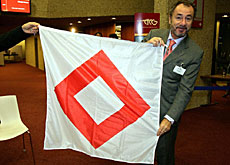
The International Red Cross and Red Crescent Movement, has begun using a third emblem whose adoption allowed Israel to join after a decades-long struggle.
The red crystal on a white background, which officially came into force on Sunday, is an alternative to the cross and the crescent, and is intended to provide protection to relief workers operating in conflict zones.
The emblem was designed as part of complicated, long running negotiations to include Israel in the Red Cross movement without giving the red shield used by Magen David Adom (MDA) – similar to the star on the Israeli flag – the same status as the cross and the crescent.
The emblems have been used by medics on the battlefield for more than a century.
Both the red star of David and the Palestinian Red Crescent emergency services joined the umbrella relief organisation in June 2006, six months after the movement’s signatory states and national societies agreed to the new emblem at a specially convened conference.
The emblem automatically came into force six months after Switzerland and Norway became the first two countries to ratify the accord. So far 84 nations have signed the protocol and nine have ratified it.
Some countries feared that adding the red star of David to the list of protective emblems would open the door to proliferation of such symbols and undermine the recognition that any emblem had to protect humanitarian workers.
Recognition?
But Red Cross officials conceded it will take time before the crystal, a red square frame standing on one corner, will be known widely enough for medics to work under it on the battlefield without fear of being targeted by one side or the other.
“We have no indication at the moment that anybody is going to start using it immediately,” said Antonella Notari, chief spokeswoman of the International Committee of the Red Cross.
“It’s legally now a protective emblem, but there’s a lot of work to be done for it to be […] concretely a protective emblem because it needs to be known in the field and respected,” she said.
Israel’s MDA had resisted using the cross and crescent because of their links to Christianity and Islam.
Palestinian question
In return for being allowed to join, Israel had to acknowledge the Palestinian Red Crescent as the internationally recognised emergency service within the Occupied Territories. Arab states had insisted on this before they would accept a new emblem custom-made for Israel.
For the International Red Cross and Red Crescent Movement, the red crystal reaffirms its determination to enhance its strength and credibility as a neutral and independent organisation.
“Ultimately, the goal is to improve protection for all those who need it, be they beneficiaries of humanitarian aid or persons striving to deliver it,” added Notari.
The treaty’s adoption involved a new protocol to the 1949 Geneva Conventions which lay down rules for warfare and the treatment of prisoners and the wounded.
swissinfo with agencies
The red cross emblem, which was officially approved in 1864, is based on the Swiss flag with the colours reversed.
The red crescent was adopted during the war between Russia and the Ottoman Empire (1876-1878). It is based on the Turkish flag, with the colours switched.
Some countries, such as Israel, have found it difficult to use either of the emblems, hence the move to adopt an additional symbol that is free of any national, cultural, religious, political or ethnic connotations.

In compliance with the JTI standards
More: SWI swissinfo.ch certified by the Journalism Trust Initiative














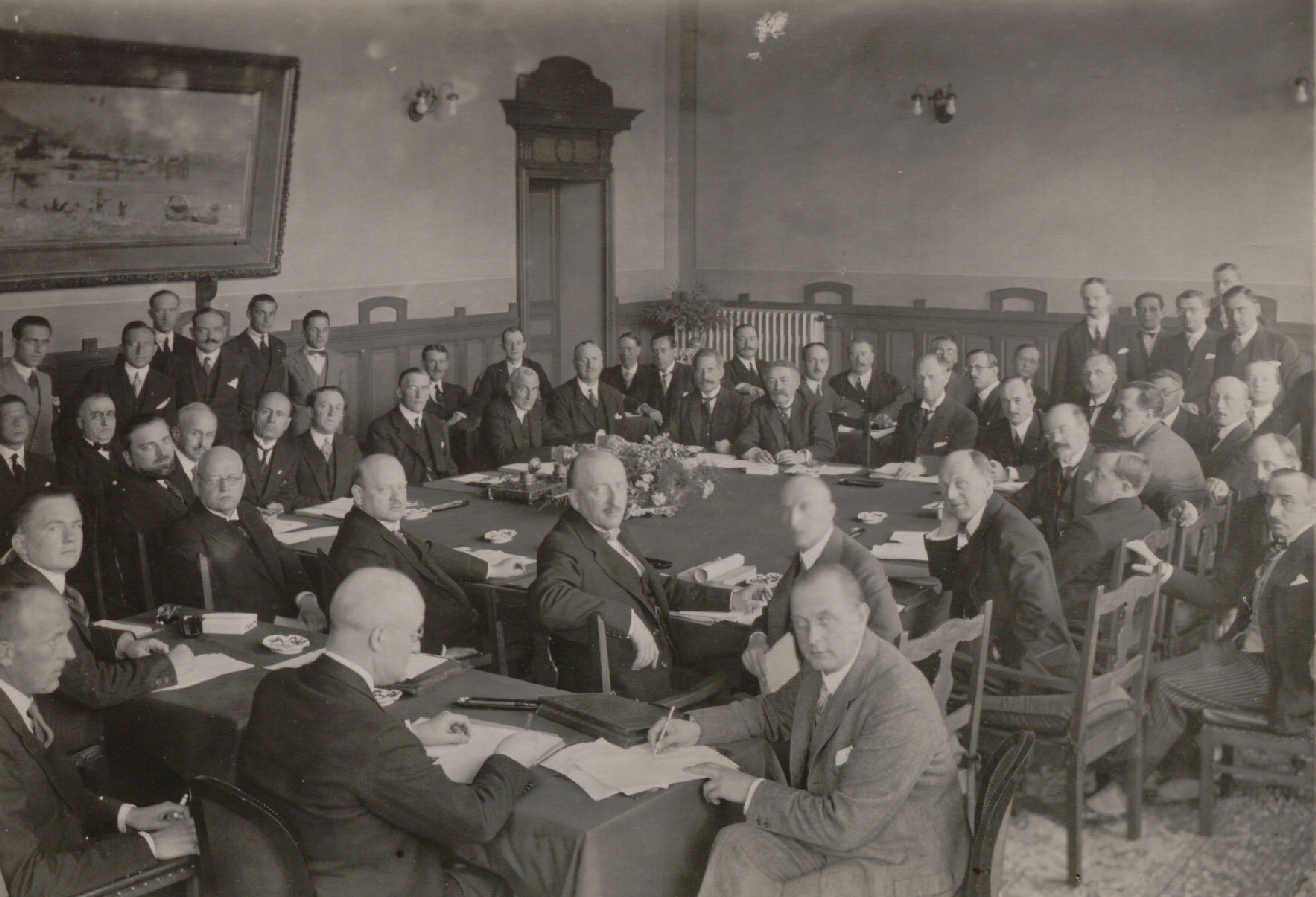





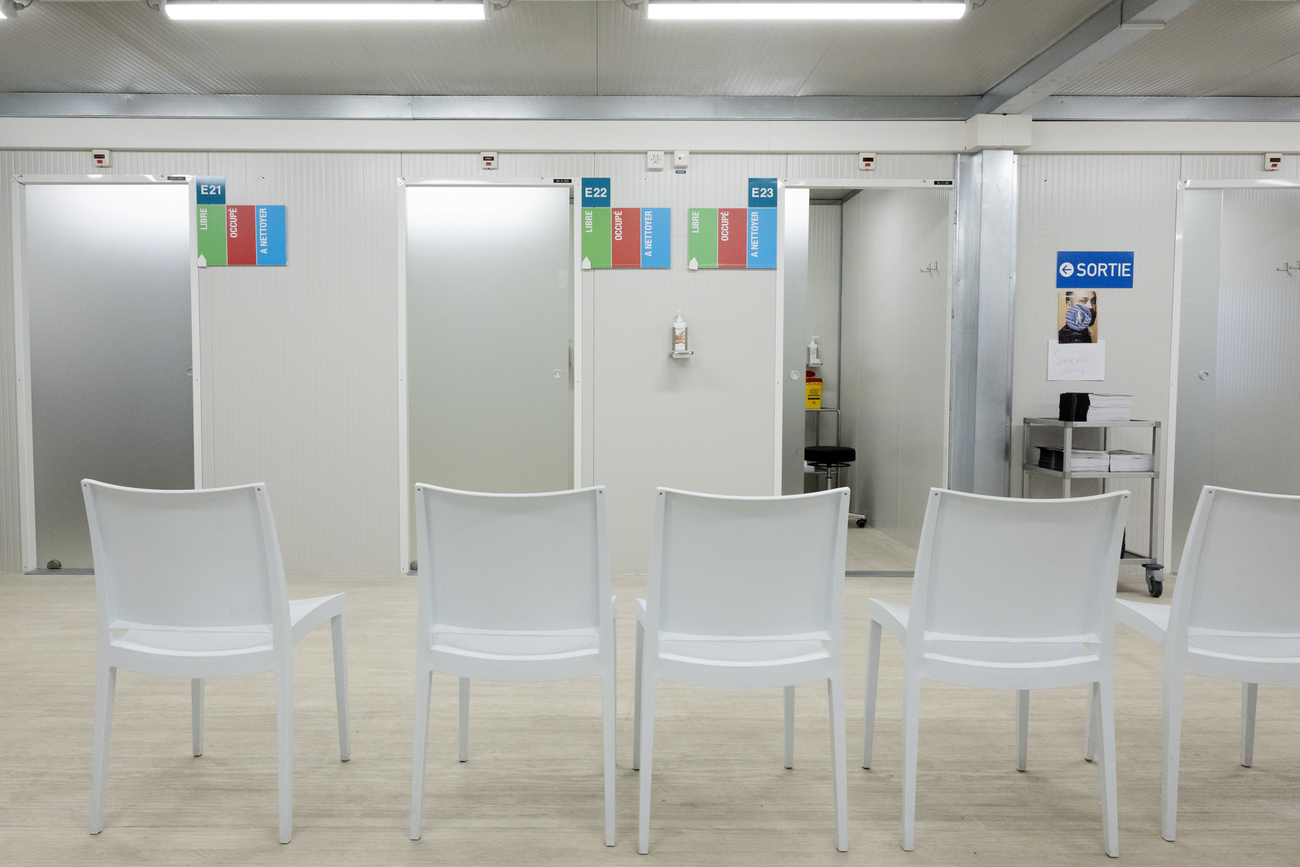












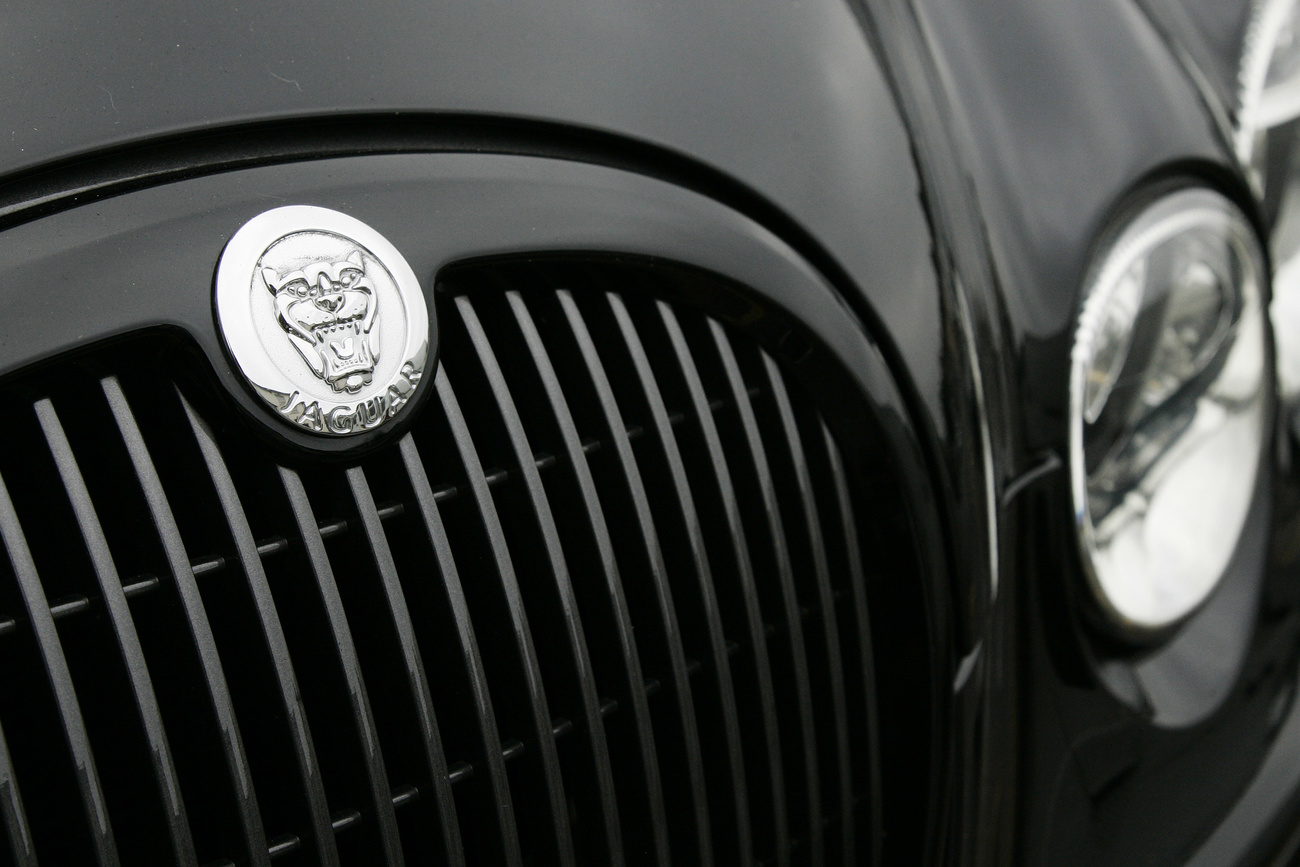



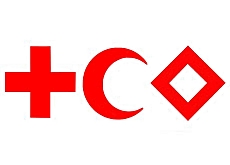


You can find an overview of ongoing debates with our journalists here . Please join us!
If you want to start a conversation about a topic raised in this article or want to report factual errors, email us at english@swissinfo.ch.